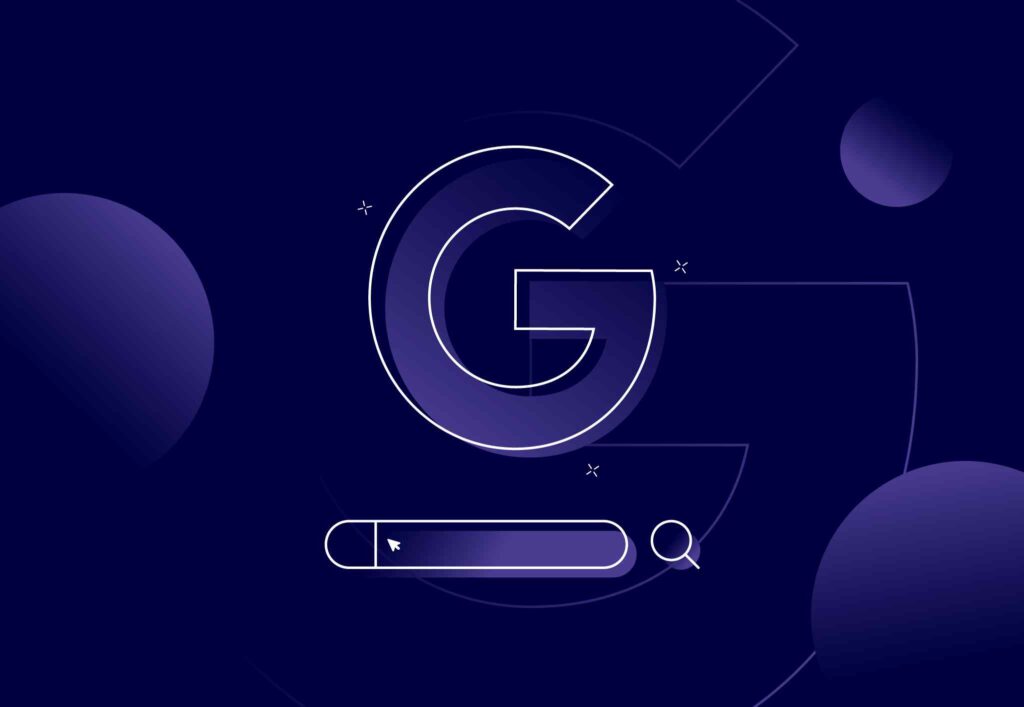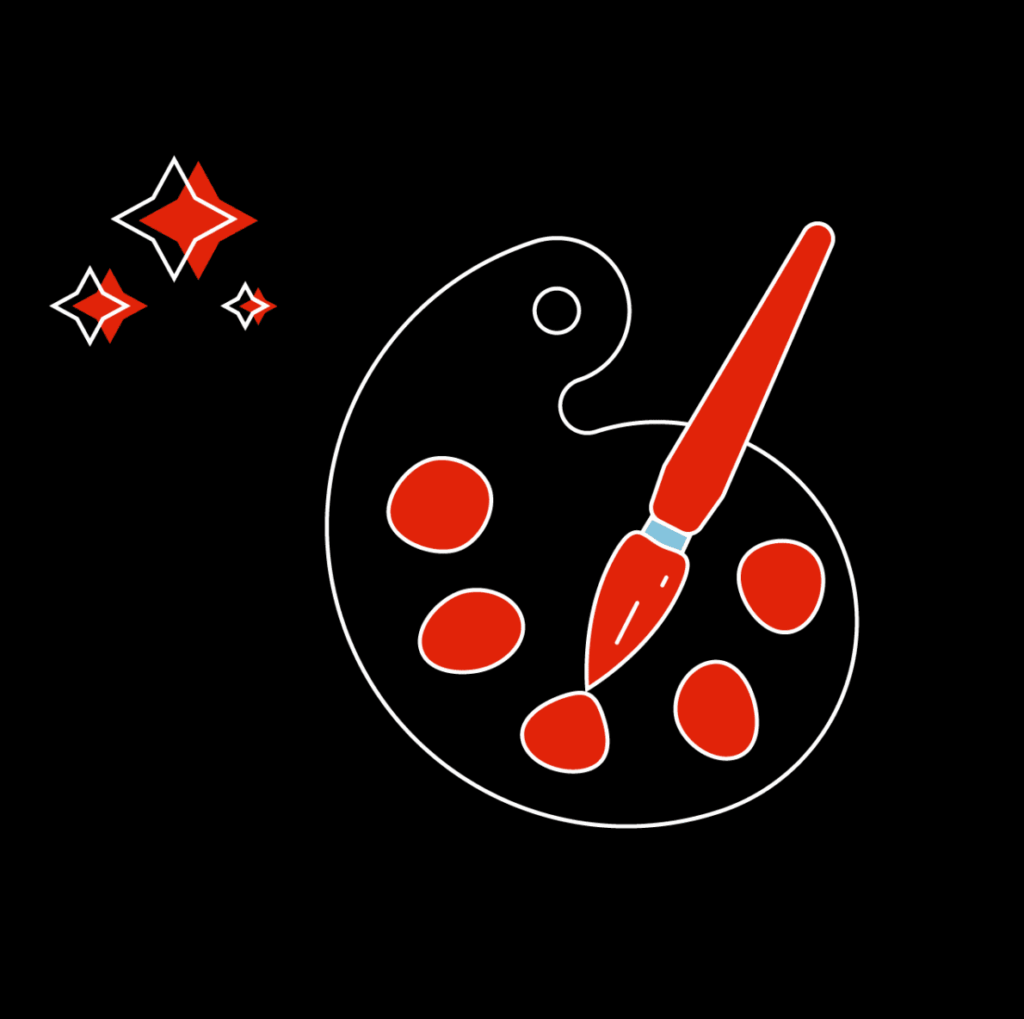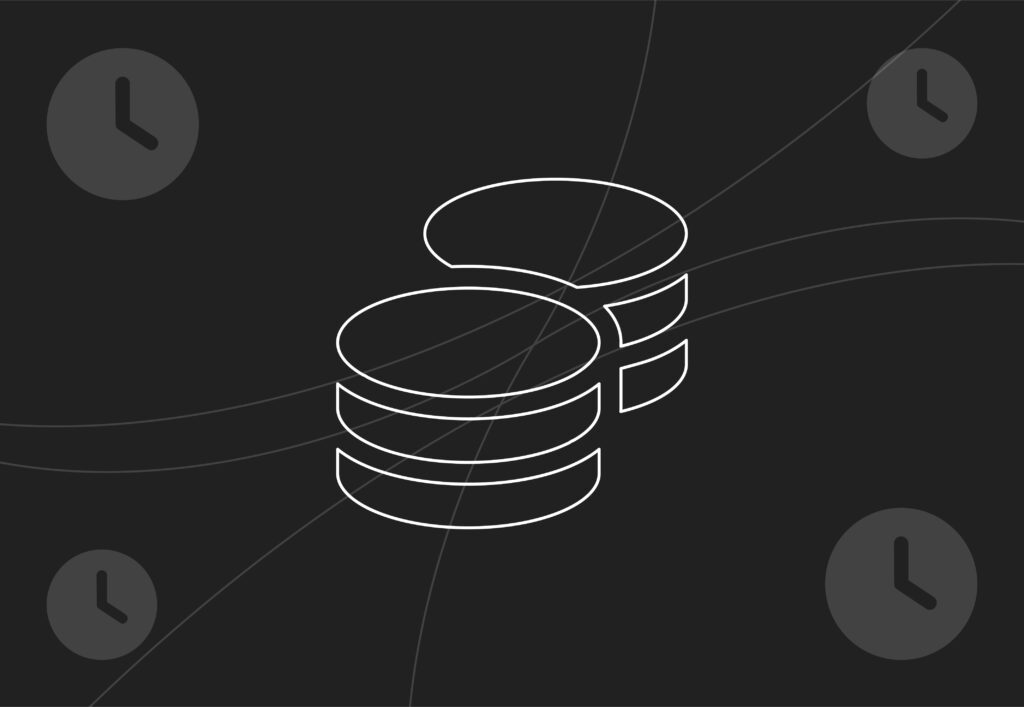
Google’s Generative AI in Performance Max: A Major Shift for PPC Advertising

On Nov 7th, Google announced a major new development for PPC advertisers – Generative AI for Performance Max campaigns.
Performance Max has been the standard for e-commerce advertising for years now, and while it began as a vague & (frankly frustrating) campaign type to work with, 2023 has seen a high volume of new features added (such as Asset Group Reporting, which finally brought useful & actionable insights to targeting tests).
This new announcement is making waves in the world of PPC advertising & will give PPCers the tools to launch more creative assets, faster – but this isn’t just a Dalle-Mini-esque image generator – it’s a tool to make client-provided images & “Amazon-style” white-background stock images stronger & more relevant to users.
Unpacking Generative AI in Advertising
So, what’s this all about? Generative AI is like a highly efficient assistant, adept at creating a variety of ad materials like ad descriptions, headlines, and – vitally – image assets. This new Generative AI tool can create images from scratch, or adapt existing images into proper marketing assets.
The Big Deal for PPCers
Back in 2018, I attended a Google Expert Academy Day that was all about automation. At the time, it felt like a death knell for my career – however, the years that followed instead had me simply shift my work into a new realm.
Using automated bidding, we moved away from Manual CPC adjustments and instead shifted our focus towards audiences & their online journeys – something we now call the Messy Middle. That effectively changed the role of a PPCer into an AI specialist – “feeding the machine” with the right data and making decisions for landing page creation & ad copy based on the data that was gained.
This new tool further enhances the capabilities of the everyday PPCer – now images and assets can be “fed” alongside audience & targeting data.
What’s particularly powerful is that the tool can take your existing assets, and transform them based on a prompt.
This means that a user can transform a summery image into a Christmas-themed one, or take a “white background Amazon”-style image and turn it into an in-situ asset.
However, “Buyer Beware”: For those managing numerous campaigns or large-scale projects, and for those who have limited capabilities on asset & creative production, Generative AI in Performance Max is a godsend, making creative asset delivery faster & potentially more effective than “human-created” assets…
… Though this remains to be seen, of course – critics of AI have warned of huge influxes of “trash content”, such as the adoption of AI tools like ChatGPT for written content creation. How effective these assets will be in user consideration & marketing journeys remains to be seen, especially with the cresting wave of content that AI is causing.
Adapting to AI-Driven Advertising
I myself get very excited about new campaign types, however, we (and other advertisers) need to consider the risks:
- It’s essential to ensure that AI-generated content aligns with our client’s brand voice and standards – AI doesn’t consider this stuff, so its on us to do so
- With any AI technology, ethical considerations and compliance with privacy laws are paramount – AI doesn’t have any considerations on stereotypes, or other unconscious biases we may hold (yet work to be conscious of) – this means any images need to be carefully reviewed & approved before going live
- Adapting to this new technology will require patience and a willingness to experiment. As PPCers, we LOVE to experiment, but the golden rule still applies – performance is not guaranteed, and Google’s #1 interest is in gaining ad revenue.
Google’s introduction of Generative AI into Performance Max campaigns is a significant development in PPC advertising, but not an entirely unexpected surprise, considering all the automated bidding developments & enhancements to Performance Max in recent years.
It opens up new opportunities for PPCers to try new things, make new tests, and learn more about what works for their clients. While the existential dread of AI’s power (and the speed of its development) remains ever-present, we at Embryo are excited to get our hands on the new tools available and see what they can bring to our clients.
Interested in discussing this new development with our team? Reach out to info@embryo.com and let’s discuss your goals for 2024.



